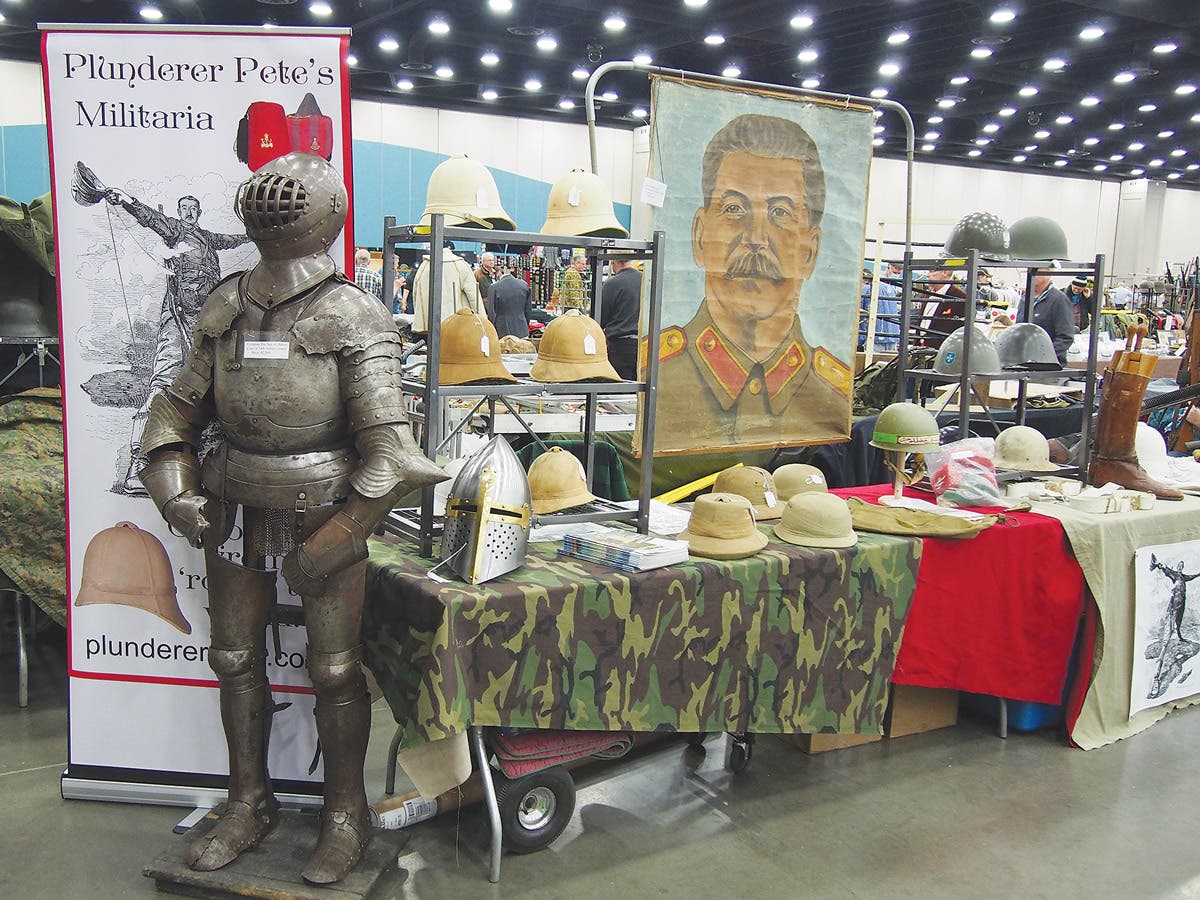Korvettenkapitän Hermann Büchting
German E-boat (Schnellboot) commander awarded the Knight’s Cross of the Iron Cross
Herman Büchting was born on March 14, 1916 in Neumünster/Holstein. He joined the Navy in April 1935 and went through training in Stralsund. Following his training, he went aboard the new sail training ship Gorch Fock for two months of seamanship training. This was followed by a nine-month goodwill tour aboard the light crusier Karlsruhe which would take it from Keil, around the Cape of Good Hope to the Far East and return to Kiel by way of the Panama Canal.
Büchting then attended the Naval Academy in Flensburg/Mürwick, graduating from his officer training as a Fähnrich zur See (officer cadet) in March 1937. He continued his cadet training program by attending a series of courses, including torpedo school and intelligence school, before being sent to the Torpedo Boat Training Flottille as a Wache Offizier.
Promotions came quickly as he was elevated to Oberfähnrich on Jan. 1, 1939 and commissioned Leutnant zur See in April. In October, after completing his torpedo boat training, he was ordered to the 5.Torpedobootsflottille. He was assigned to the Torpedoboot Grief, one of the first 12 new torpedo boats built for the German navy. The boat carried a 122-man crew, displaced 930 tons, and could steam at 33 knots. On Oct. 1, 1939 Büchting was promoted to Oberleutnant zur See.
With the outbreak of World War II on Sept. 1, 1939, he served in the North Sea and Skagerrak on mine laying and coastal security duties. Skagerrak is a triangular area of water with Norway and Sweden to the north and Denmark to the south. (On May 31 and June 1, 1916, the British Grand Fleet and the German High Seas Fleet clashed in this area, known as the “Battle of Jutland,” or “The Battle of Skagerrak” in Germany.)
Kapitänleutnant Erich Bey formed the first Schnellboot (E-boat) flotilla in the mid 1930s. The early Schnellbooten could reach a maximum speed of 37 knots and saw action during the Spanish Civil War. In 1938, a second flotilla was formed at Wilhelmshaven and had a complement of 18 boats at the start of the war.
Büchting transferred to the Schnellbooten in March 1940. He was attached to the 1.Schnellbootsflotille, where he commanded several boats, including S18, S21, S25, S27 and S51. On April 20, 1940 he was awarded the Iron Cross 2nd Class.
With the evacuation of British and French forces from Dunkirk on May 26, 1940, E-boats were immediately deployed and sank the French destroyers Orage and Sirocco. They were also responsible for sinking the British ship Wakeful and damaging another.
These boats began operating from bases in occupied France and saw action in the English Channel and the mouth of the Thames River. They were particularly successful in the Straits of Dover. Büchting received his next decorations, the Iron Cross 1st Class, on Jan. 3, 1941.
In mid 1941, Büchting was in action off the Finnish Coast, and in early 1942 he was transferred to the Black Sea. This was followed by a promotion to Kapitänleutnant on June 1, 1942.
On April 22, 1943 Büchting, commander of S51 of the 1.Schnellbootsflottile, was awarded the Knight’s Cross of the Iron Cross for his successes as an E-boat commander. On Sept. 1, 1943 he was given command of 1.Schnellbootsflotilla, a position that he would retain until the end of the war.
The E-boats continued to give the Allies trouble along the coasts of Europe. About 250 E-boats were built, and after 1943 the bridges were armed to protect against low-flying airplanes.
Büchting continued his operations in the Black Sea and was promoted to Korvettenkapitän on June 1, 1944. During the last several months of the war, Büchting and the 1.Schnellbootsflotille were back in the Baltic seeing action in the Danzig-Grotenhafen area. They were also active along the Kurland (Latvia) Coast, where they helped in defending the evacuation of large numbers of civilian refugees and military personnel, which otherwise would fall victim to Russian captivity or even death. Büchting would become a prisoner of war on May 9, 1945 and would remain a POW until Aug. 18, 1945.
After the war, Büchting became a successful businessman and died in Rellingen, Germany on June 27, 1992.
*As an Amazon Associate, Military Trader / Military Vehicles earns from qualifying purchases.








